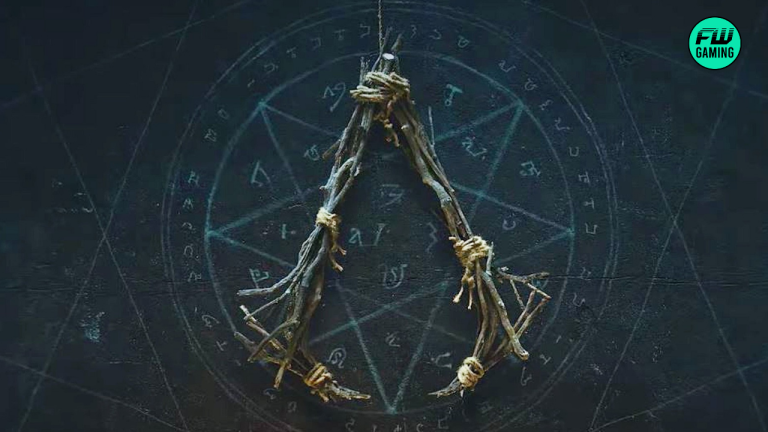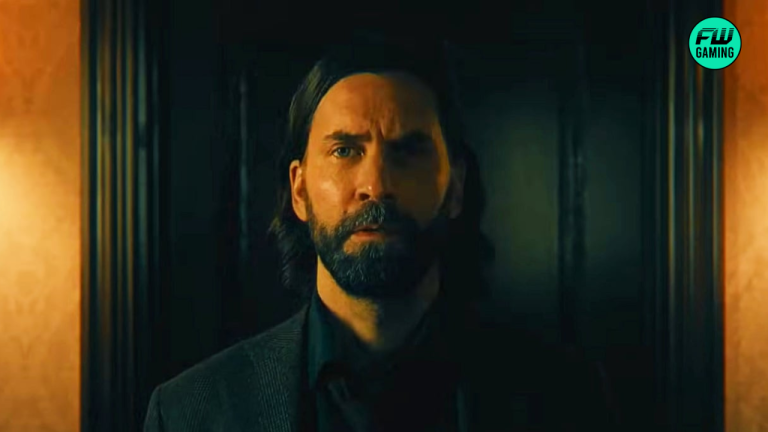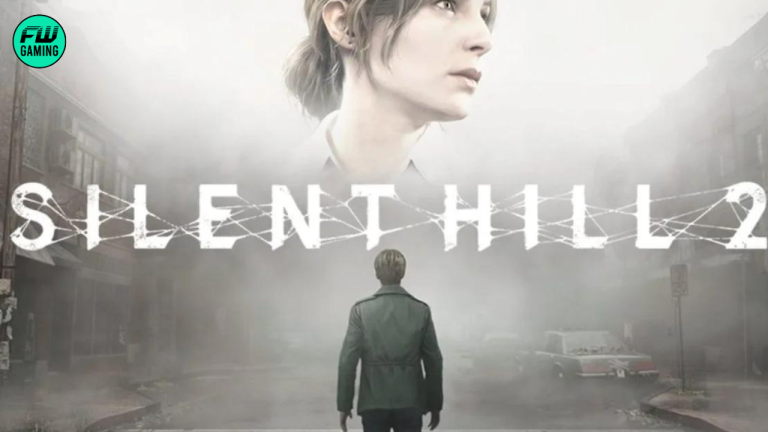The hallucination storyline device has been overused in Fear the Walking Dead, as well as the Walking Dead universe as a whole. This all-too-common plot device has become a fan favourite across the three shows. Each has used it to further the plots of their respective characters.
“Cindy Hawkins”

In FTWD season 7, episode 3, “Cindy Hawkins,” John Dorie, Sr. (Keith Carradine) had bizarre hallucinations about Cindy Hawkins (Brittany Bradford), Teddy’s victim that the cops never located. It was implied that what John was going through was due to alcohol withdrawal.
John was well aware that she wasn’t real, yet he found himself talking to her regardless since she embodied his burning desire to solve an unsolved mystery from his days as a detective. Without listening to “Cindy,” John was able to locate her in the end. FTWD used one of the oldest Walking Dead narrative techniques to send John on an emotional journey to confront his inner battle in “Cindy Hawkins.”
Hallucinations

Season 10, did it by revealing in episode 20 that Princess had hallucinated her chats with Eugene, Yumiko, and Ezekiel. After Lori died in season 3, Rick mistook himself for talking on the phone with her.
Tyreese, Michonne, and Daryl have all had these experiences at some point in their lives. The majority of them involve dead characters and occur when a person is injured or in a bad emotional state. This method has been performed so many times on The Walking Dead that it no longer appears inventive.
This strategy hasn’t been limited to FTWD season 7 or the main show. The sixth season devoted practically an entire episode on Grace’s dream about her unborn daughter. Elton experienced hallucinations of Percy when he was comatose in a season 1 episode of The Walking Dead: World Beyond.
It’s Time Walking Dead Universe Forego The Approach Of Employing Hallucinations.
Though this isn’t true in every situation, the necessity for character interaction is mostly to blame for the rise in hallucinations. Telling stories is often reliant on it, which is why hallucinations may appear to be a quick fix in situations when people like Elton from World Beyond or John are on their own. This is an example of one of the negative consequences of the Walking Dead series and Fear the Walking Dead’s anthology structure dividing off characters.
While episodes that focus solely on one or two characters allow for more in-depth and meaningful explorations of their personal lives, they also push shows to find other ways to generate character interaction. All three series in the Walking Dead universe, however, should forego the approach of employing hallucinations.












